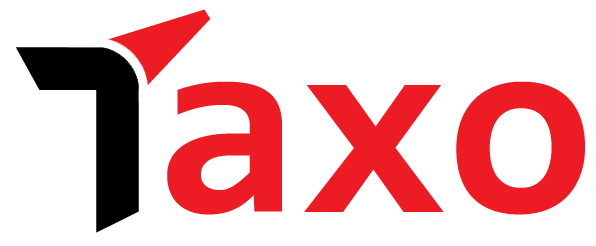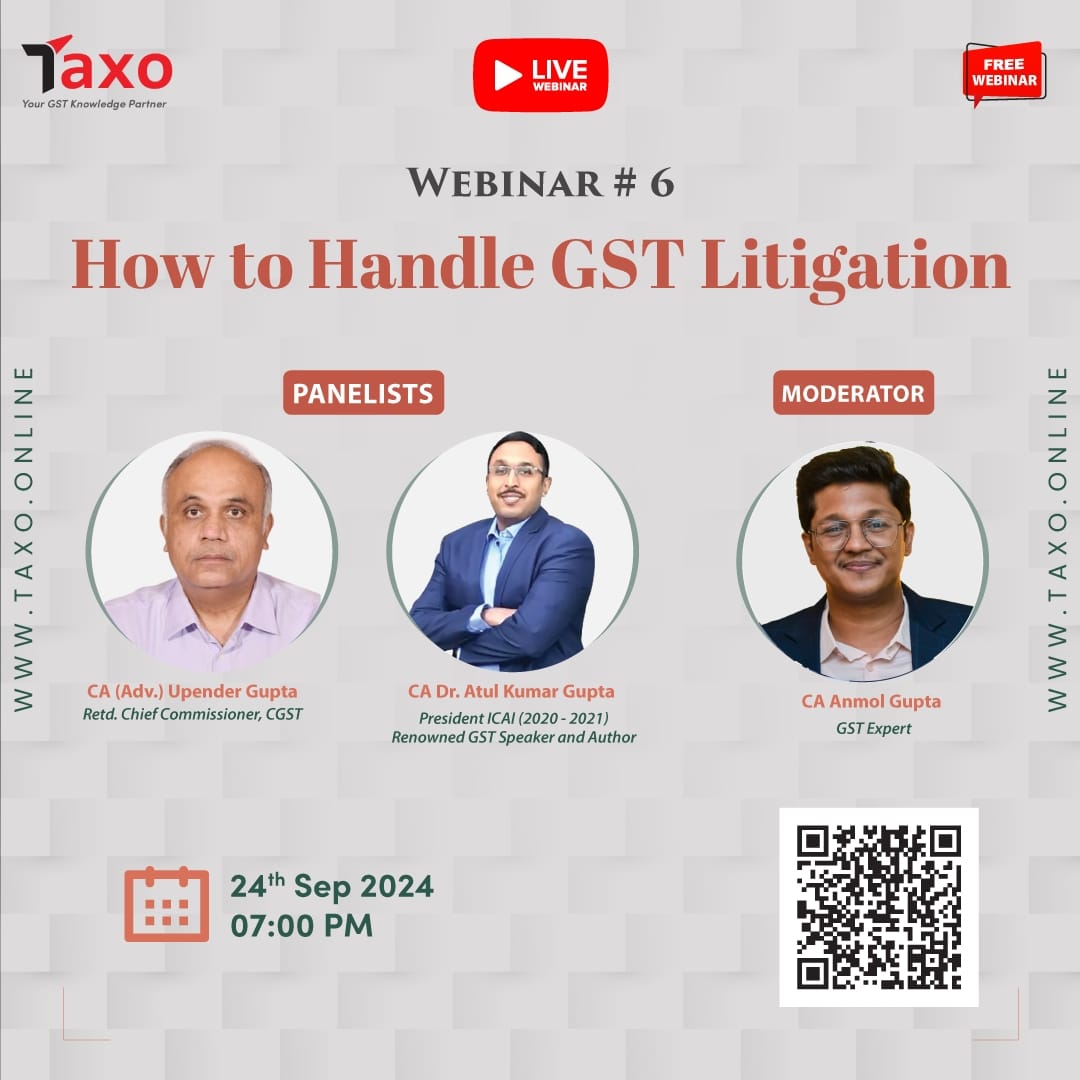On time Incentive received under a scheme declared by state government can’t be considered as subsidy, liable to GST
Facts:- In this case, the appellant is registered with the GST Department. The State Government announced the “Atma Nirbhar Gujarat Sahay Yojna,” in which Nagarik Sahakari Banks (including banks registered under the Multi-State Cooperative Act) and cooperative credit societies were to provide loans without security up to Rs. 1 lakh to small traders, middle-class businessmen, individual artisans, and the working class with 8% interest. Out of this 8% interest, 2% was to be paid by the customer (loanee), while the remaining 6% was to be borne by the Gujarat State Government. Based on the performance of the banks disbursing these loans, they were to be granted a one-time incentive by the state government, depending on the total lending done under the Atma Nirbhar Gujarat Sahay Yojna. The incentive was over and above the 6% interest borne by the state government.
Issue:- The appellant sought an advance ruling on the issue of whether the incentives received under the “Atma Nirbhar Gujarat Sahay Yojna” dated May 16, 2020, declared by the Gujarat Government could be considered a subsidy and not chargeable to tax.
AAR’s Rulings:- The AAR, Gujarat held that “the subject incentive amount liable to GST. The said incentive is not a subsidy and does not merit exclusion from valuation under Section 15(2)(e) of the CGST Act. The subject supply is covered at Section 7(1)(a) of the CGST Act and not at Section 7(2) of the CGST Act”.
Submission of the Appellant:- The appellant was aggrieved by the ruling of the AAR and filed case before the AAAR.
The appellant agrues that the scheme is for the benefit of the public and not beneficial to an individual or private commercial enterprise and therefore the amount being paid by the Government over and above reimbursement of 6% interest is nothing but ‘subsidy’. Further, the subsidy received in the form of an incentive cannot be considered a consideration under the provisions of Section 2(31). The definition of consideration makes it crystal clear that a subsidy given either by the central or state government would not form part of the consideration, and therefore, a subsidy in the form of an incentive received by the petitioners could not be chargeable to tax. The subsidy in the form of an incentive received is also not covered under the definition of scope of supply under Section 7(2). Even in terms of Schedule III of the CGST Act of 2017, the payment received by the petitioners as an incentive would not be chargeable to GST. Also, it was contended that they have not supplied any goods or services and the amount cannot be considered as consideration & hence is not covered u/s 7(1)(a) of CGST Act, 2017.
Decision of AAAR:- The AAAR has held that the appellant has not explained how incentive would fall within the ambit of section 7(2) or Schedule III. Also, the said incentives were directly linked to the service provided by the appellant of granting loans to the beneficiary/loanee under the Scheme. Therefore, the contention of the appellant that they have not supplied any goods or services and the amount cannot be considered as consideration is not a legally tenable argument.
The AAAR has upheld the AAR’s order in which it was held that the incentive received by the appellant, Rajkot Nagarik Sahakari Bank Ltd., is not a subsidy and is liable to GST. The ruling stated that the incentive is covered under Section 7(1)(a) of the CGST Act and does not fall under the exclusion provided in Section 15(2)(e) of the CGST Act.
To read the complete judgment 2023 Taxo.online 1454


